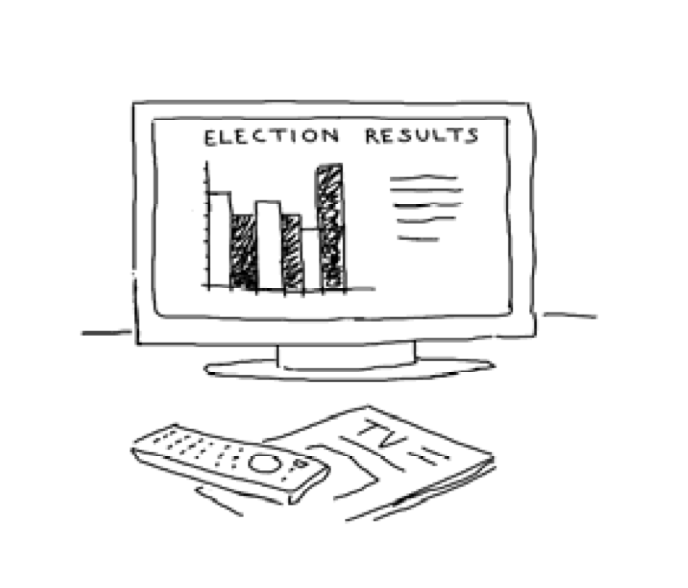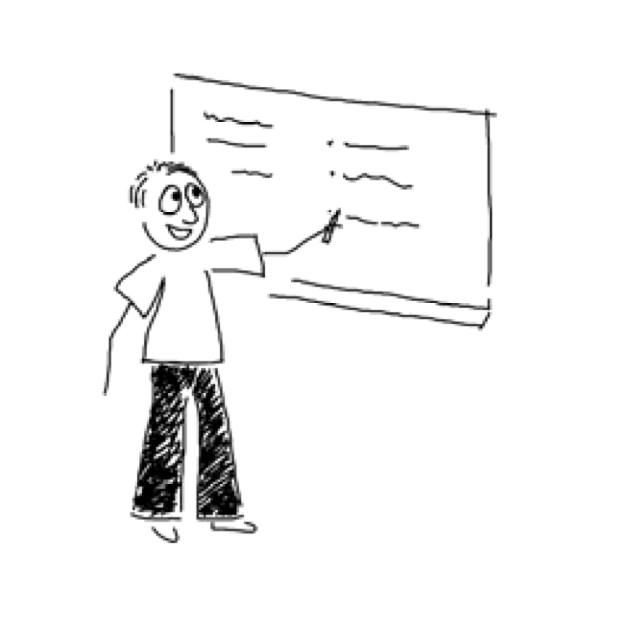What is meant by LLN?
Language and literacy – What’s the difference?
Language and literacy are often used interchangeably but they are not really the same.
Language
Language is the broader term as it encompasses all the modes and skills involved in speaking, listening, reading and writing. Language involves words, phrases and sentences, the grammatical structures, whether spoken or written, including the use of idioms, slang or jargon. Language is the primary way we communicate with each other. For the Australian deaf community it is the visual language of AUSLAN, for the blind community it includes the use of Braille. Indeed every profession, trade, industry, community or social group has their own particular language in terms of not only the words and phrases that they use but also the ways those groups and individuals communicate with each other. Whether a group or individual uses a lot of slang or has a teasing, joking culture or relies on more polite and formal communications is all part of a particular language culture.
All languages in use across the globe are dynamic as they are constantly changing, developing and evolving. In our desire to communicate effectively we are all constantly and often unconsciously learning new words and ways of communicating with different groups of people throughout our lives.

Literacy
It is generally accepted that literacy is language in use. It is about reading and writing as well as the skills of speaking and listening including awareness of the types of tone and connotations associated with communicating in different work, social or cultural contexts. Like language, literacy is constantly changing over time as we develop new ways to communicate and debate or explain information.
The ‘new’ literacies involved in technological communications whether by email or text messages mentioned above or the skills involved in accessing, applying and using information or services offered on the internet highlight the changing nature of the literacy skills we need to operate in a technological world. We all need to be extending and developing our literacy skills as in order to adapt to new situations in a rapidly changing world.

The meaning and scope of the term ‘Numeracy’
‘Numeracy’ refers to the application of mathematical skills in real situations related to a person’s life, work and participation in their community. It involves interpreting mathematically related concepts and language, such as the graphs used in newspapers, or on TV during an election broadcast. It also includes the ability to keep up with new demands in the workplace. For example, the skills involved with calculating GST in the trades and in business rely on understanding the meaning of ‘%’ and the ability to calculate a simple percentage in the head. According to Australian research this is beyond over 50% of our adult population.
Numeracy also incorporates spatial skills, including reading and interpreting two dimensional plans and relating them to the three dimensional reality. It includes reading street directories and grid references; weighing and measuring; interpreting tables and standards; calculating and interpreting rates; recording data; calculating in the head; using calculators or other computational technologies. Numeracy includes the ability to make reasonable estimations and a feeling for ‘way out’ results when measuring or calculating.
It also incorporates using formulae (particularly those related to your workplace) and in some cases even the ability to transpose formulae.
Confidence and ‘ownership’ of the mathematical skills are an important part of being numerate. This is one respect in which school mathematics education has let down many potential VET learners.
‘Ownership’ of mathematical skills is an important part of being numerate!
Language, literacy and numeracy in VET
Whether we are aware of it or not, LLN skills development is important for all study, formal and informal, at all levels including traineeships and apprenticeships, certificate and diploma programs, degree and post graduate programs. How teachers and their students develop these skills is an important factor in determining the quality of any vocational program.
LLN in VET teaching?
We all need LLN skills development
Continual development of language, literacy and numeracy skills is vital for everybody not just for those of us who are perceived to have poor skills. New knowledge needed for work is growing exponentially. This means we all have to keep developing our LLN skills to adapt or even survive in that ever-changing world of work. For example we have had to apply and develop our new technology literacy skills in order to keep up with new ways of studying and working. We have to learn to use the internet and scan computer screens quickly to find information, to use phones and internet for banking, purchasing and making bookings. We are having to learn to send and interpret text messages and emails with their particular shortened means of expression and symbols. For example, the sign off ‘Cya’ is one I’ve encountered recently and the symbol :) has become a common means of expressing feeling.
New terms continually creep into our language without us consciously realising it. At the time of writing this, it is appropriate to ask: ‘Who doesn’t know the most recent meanings of 24/7 or 9/11?’ Imagine what meaning would be lost from TV and news talk if these terms remained a mystery to you.

Numeracy: the N in LLN
Numeracy is often forgotten when discussing LLN policy and practices; perhaps because it covers such a range of meaning and an accompanying minefield of difficulties.
Numeracy refers to the confident application of your mathematical skills in real situations related to your life, work and community and also making sense of the results you get. It requires more than the ability to do the repetitious exercises often associated with school mathematics.

Numeracy is embedded in our language and culture
We are not always aware of how many numeracy concepts are embedded in our everyday language. For instance, consider the term used above, ‘growing exponentially’. Without some numeracy understanding (in this case the visual image of a rapidly rising curve) the term is meaningless. Even watching an election coverage on the television requires us to engage more and more with graph related visual images and to understand their meaning. These are all part of the changing numeracy demands for participation in our society.
Numeracy demands of work
The need to use statistical control charts has swept through the manufacturing sectors along with the globalization push for ‘quality’ registration. Suddenly workers on the factory floor have had to develop new ‘numeracies’ and associated literacies. Similarly the coming of GST has created a whole set of numeracy skill demands for trades people.
Transfer of school maths is not automatic
Just as literacy needs are constantly changing and developing so are numeracy needs. Every field, trade or profession has its own changing numeracy requirements which need specific attention in their training program. It is not enough to assume transfer of school mathematics skills because many workers have very few skills and very little confidence to use what they do have. Even if the skills and formulae have been learned successfully in the early years of school, they may be used differently in the vocational area.
For example, a maths support teacher described how confusing it was for plumbing apprentices to calculate trench and pipe volumes using the standard school formula V = A x h (Volume = base area by height) because the pipes were usually on their side not standing, and they needed the pipe length rather than height.

Language, literacy and numeracy need explicit teaching
When teaching any vocational course it is important to be aware of the new language, signs and symbols (the literacies) and numeracies that are taken for granted within the profession or trade. These will be new to the learners and so they need to be deliberately introduced and ‘taught’ along with the new skills and knowledge. It is surprising in fact, how much of the ‘knowledge’ of the vocation is interwoven with its language and how much clearer a subject can be for learners when the language and symbols are explicitly addressed in class. The activities demonstrated as part of this professional development publication will also help students develop lifelong learning strategies related to speaking, reading and study skills that will better equip them for future learning, either in educational settings or workplaces.
